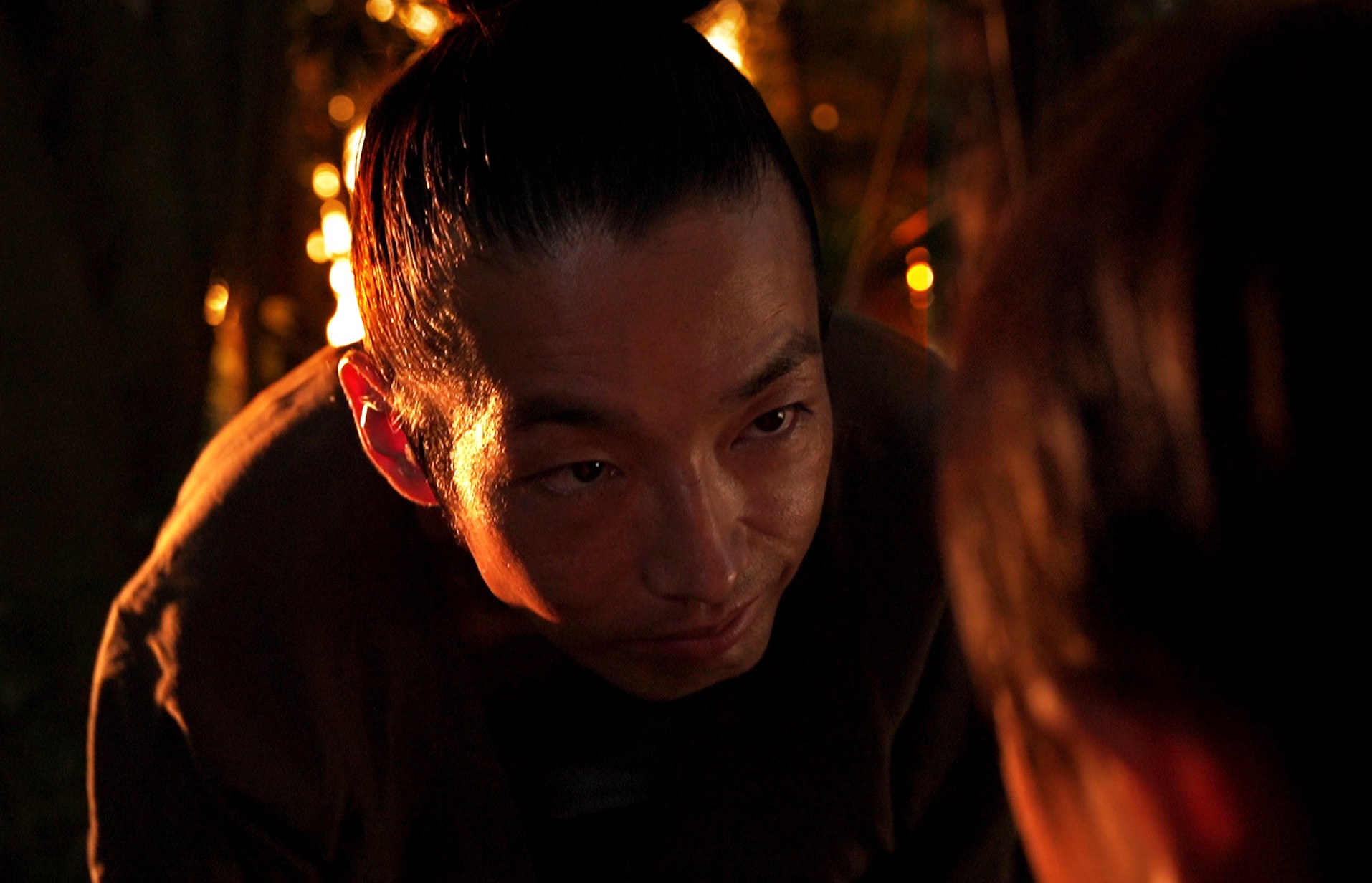review
‘Shadow of Fire’ Review – No Children in War
In his latest directorial endeavour entitled Shadow of Fire, Japanese filmmaker Shinya Tsukamoto returns to explore the aftermath of war and its capability to destroy lives, leaving wounds impossible to heal. The picture seems to round off—or is maybe just another instalment in—a trilogy or saga about the theme. In Fires on the Plain (2014), Tsukamoto followed a Japanese soldier enduring illness, starvation, and brutality in the Philippines at the tail end of World War II, while in Killing (2018), he worked on a tale set during the turbulent Edo period, centering on a masterless samurai played by Ikematsu Sosuke.
In Shadow of Fire, which had its world premiere in the Orizzonti section at this year’s Venice Film Festival, the Shibuya-born master chooses to set the action during the first years after WWII. At the time, Japan was a country that had fully lost its sovereignty, most of its cities needed to be rebuilt from scratch, and society was torn between hope and desperation, struggling to see a brighter future.
The story kicks off in and around a black market. In particular, the premise sees a woman (played by the actress Shuri) who makes a living by selling her body in a derelict ramen house, after all of her family lost their lives during the war. Soon, a young orphan (newcomer Oga Tsukao) sneaks into the woman’s house to steal something, and a young demobilised soldier (Mirai Moriyama) comes as a guest seeking her services.
Tsukamoto tells us there are no winners, but only lost souls.
The three end up embarking on a strange life together, forming a sort of makeshift family. But it is a short-lived experience, as the soldier’s memories of the war consume him from the inside and end up having tragic consequences on all of their lives. After a terrifying moment of rage caused by the soldier’s PTSD, the woman and the boy are left alone.
Later, the orphan sets off on a journey with a street vendor who works in the black market, ignoring the woman’s desperate attempts to stop him. And, predictably, the purpose of the vendor’s “mission” is a horrifying on—one that should never involve a child. The man, just like the veteran, keeps on reliving his horrible past through his nightmares. He plans a scheme to seek revenge on the person who caused these horrors—and the child is set to play a role in it.
Like in many of his other movies, Tsukamoto acts almost as a one-man band, taking care of the film’s script, direction, editing, and cinematography. Tsukamoto’s writing is solid and engaging, which is also backed by the performances of three excellent leading actors. Specifically, Tsukao’s work as the orphaned child is a surprise; he is just as capable of rendering the unawareness that’s typical of other children his age, while hiding from the woman the real nature of his wanderings. We also discover that he has been forced to grow up too soon, as he’s gotten used to violence and subjugation just like any other adult who endured the war years.
Meanwhile, Shuri and Moriyama also offer commendable portrayals of their respective roles. Specifically, the former embodies a woman who is ready to grab onto anything in order to give herself a sparkle of hope to carry on, after she has lost everything. The latter crafts the portrait of a man whose vicissitudes on the battleground have totally shaken up his psyche, making him a ruthless individual detached from reality and incapable of loving.

As the film’s director of photography, Tsukamoto chooses to exploit the beauty of chiaroscuros: most of the interior-set and night-set scenes look like a continuous interplay between light and darkness, which is particularly appropriate for mirroring the characters’ ambivalent nature. And Tsukamoto’s camera work does not hesitate to show their gazes, which in many cases reveal much more about their personalities than the dialogue. The presence of a musical score (courtesy of Tsukamoto’s late collaborator Chu Ishikawa) is subtle—playing a more preponderant role only when the mounting pacing of the action requires it, or when significant turning points or revelations unfold.
Tsukamoto’s film mixes elements of a chamber drama and a road movie, with a slight but noticeable Neoralist feel throughout. It is characterised by a rather linear narrative approach (especially in comparison to his previous works) and its main theme resonates particularly well, owing to the uncertain times we live in. Furthermore, its bold anti-war message emerges powerfully in the final sequence. Tsukamoto tells us there are no winners, but only lost souls.
Without making a pale copy of a Neorealist picture, and by escaping the increasingly frequent trap of paying homage to a cinematic tradition by filming in black-and-white, Tsukamoto crafts a contemporary war drama sporting stark images and a cast of talented actors. What Shadow of Fire inherits from Neorealism, however, is its focus on people at the margins of society, the depiction of children forced to grow up and behave like adults, and the creation of a microcosm of characters walking around a city in ruins, while desperately trying to find themselves.
Read our exclusive interview with director Shinya Tsukamoto here.
Curated by humans, not algorithms.
© 2025 A Good Movie to Watch. Altona Studio, LLC, all rights reserved.